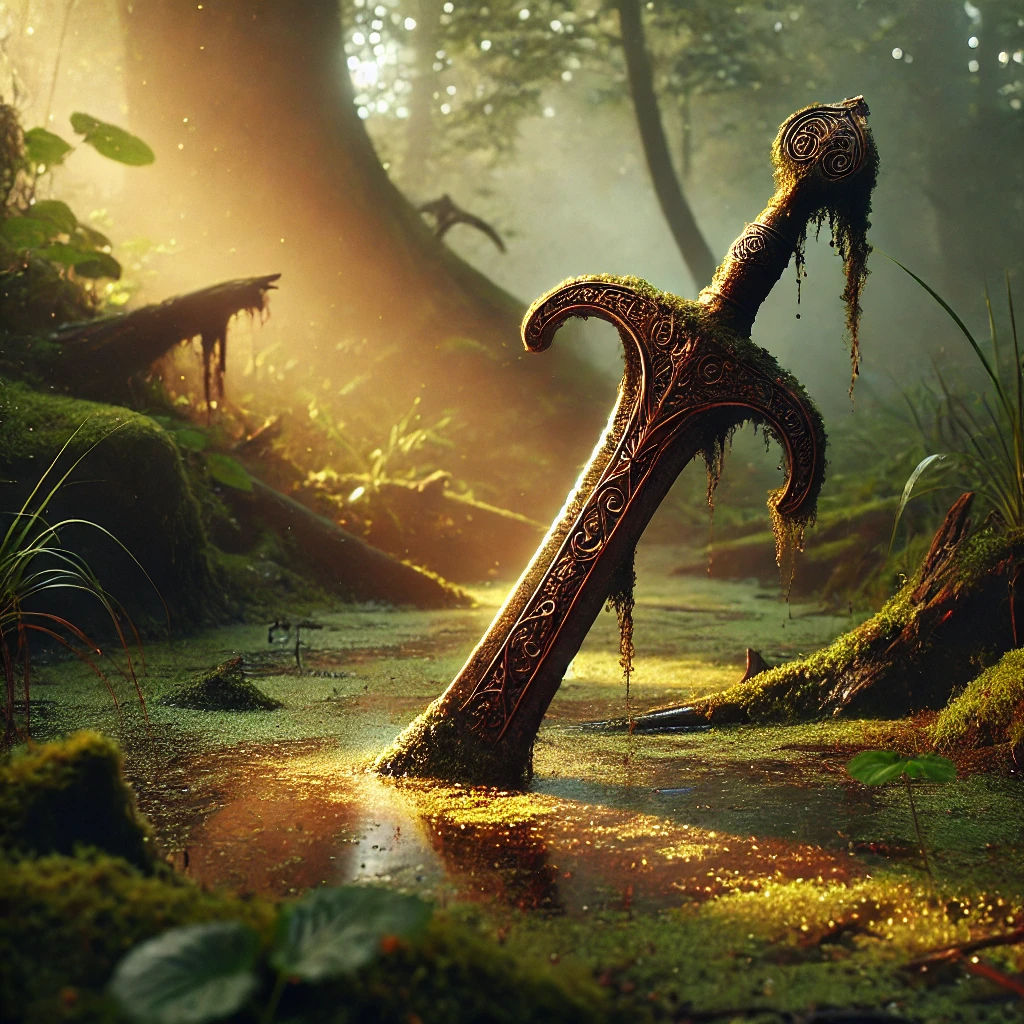Introduction:
India has a long, rich history & is a place of many different cultures, religions, and traditions. The voyage of Indian history has nothing short of intriguing, from the ancient wonder that whispers tales of former civilizations to the current wonders that demonstrate India’s prosperity and ingenuity. We will travel through time in this extensive article to study the rich tapestry of Indian history, sifting through its prehistoric origins, navigating through its historical glories, and finally arriving at its modern-day accomplishments.
A Tapestry of Civilizations: Ancient India
The ancient civilizations that formerly thrived in this region can be linked to the origins of Indian history. One of the world’s first urban societies, the civilization of the Indus Valley flourished somewhere 2600 BCE and left behind a remarkable legacy of organized towns and sophisticated workmanship. Aspects of this amazing civilization’s social, economic, and artistic accomplishments can be seen in cities including Harappa and Mohenjo-Daro.
The Vedic period, which began around fifteen hundred BCE, saw the development of the holy writings known as the Vedas, which served as the rudimentary texts of Hinduism. During this time, hymns, rituals, and philosophical discussions were written, helping to shape India’s spiritual culture.
During this time, Buddhism and Jainism also emerged, emphasizing compassion and nonviolence as their core tenets. Siddhartha Gautama, later known as the Buddha, left a lasting impression on India and nations worldwide with his life and teachings.
Golden Age and Middle Ages in India:
The Maurya Dynasty, established by Emperor Chandragupta Maurya around 322 BCE, expanded its influence across much of the Indian subcontinent. The reign of Ashoka the Great, the grandson of Chandragupta, marked a significant period in Indian history as he embraced Buddhism and promoted its principles of peace and tolerance. The Gupta Empire (roughly 320 to 550 CE), also known as the Gupta period, is frequently referred to as
With the formation of the Delhi Sultanate in the 13th century, Islamic dominion entered medieval India. Famous buildings from this time period, such as the Qutub Minar and Jama Masjid, serve as examples of the stunning confluence of Islamic and Indian architectural traditions.
The Mughal Era: A Tapestry of Art and Culture
Indian history will never be the same once the Mughal dynasty, which governed the majority of the country from the 16th to the 18th century, disappeared. The dynasty’s founder Babur established the groundwork, and Akbar, his grandson, is regarded as one of India’s finest kings. Religious tolerance and cultural fusion were hallmarks of Akbar’s rule, which fostered the development of Indo-Islamic art and architecture. One of the Seven Wonders of the World and a UNESCO World Heritage Site, the Taj Mahal stands as a tribute to the Mughal architectural genius and unending love.
Colonial India: Struggles for Independence
India came under the control of several European nations during the 18th and 19th centuries, chiefly the British East India Company. What started as a business deal evolved into full-fledged colonial rule. India’s movement for independence gathered steam under the leadership of nonviolent peaceful protest pioneers like the great Mahatma Gandhi and Jawaharlal Nehru of India.
India became independent on August 15, 1947, ending more than 200 years of British rule. One of the most terrible episodes in Indian history was the partition of British India into India and Pakistan, which resulted in widespread migrations and sectarian bloodshed that claimed countless lives.
Modern India: The Journey of Progress and Innovation
India’s independence from Britain started a process of nation-building, overcoming many obstacles and pursuing development. Jawaharlal Nehru, the first prime minister of the country, placed a strong emphasis on a scientific mindset and education, establishing the groundwork for India’s future technical and space successes.
India gained acclaim around the world for its scientific breakthroughs and satellite project. India proved its skill in space exploration with missions like Chandrayaan and Mangalyaan, adding fresh chapters to its history of scientific accomplishment.
Conclusion: Indian History
Ancient and contemporary marvels are weaved into the tapestry of Indian history. The voyage has been nothing short of remarkable, taking in everything from the astounding Indus Valley Civilization ruins to the majestic Mughal grandeur and the successes of modern India in space and technology. As the country develops, it maintains a strong bond with its colorful past and draws inspiration from it as it forges ahead into an endlessly promising future.
In conclusion, by embracing its tradition, we can better comprehend the genuine nature of this amazing place and its people. Indian history is a treasure bank of knowledge, wisdom, and tenacity.



